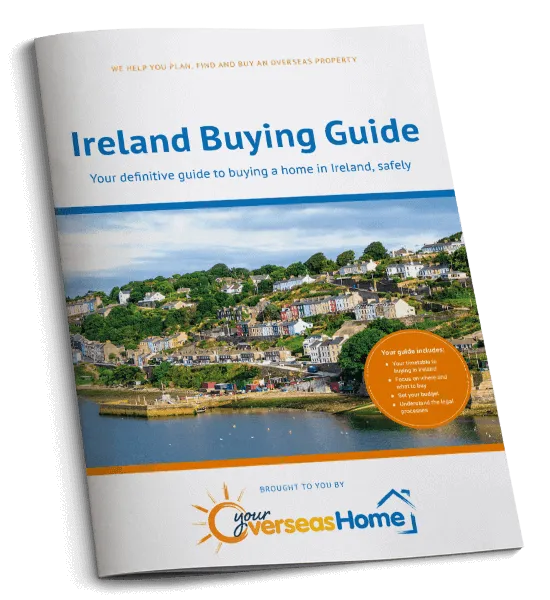Latest figures show Ireland as the star performer of all European economies, with growth there rocketing past all other EU nations. But how might this economic bullishness translate to its housing market? We look at the key indicators…
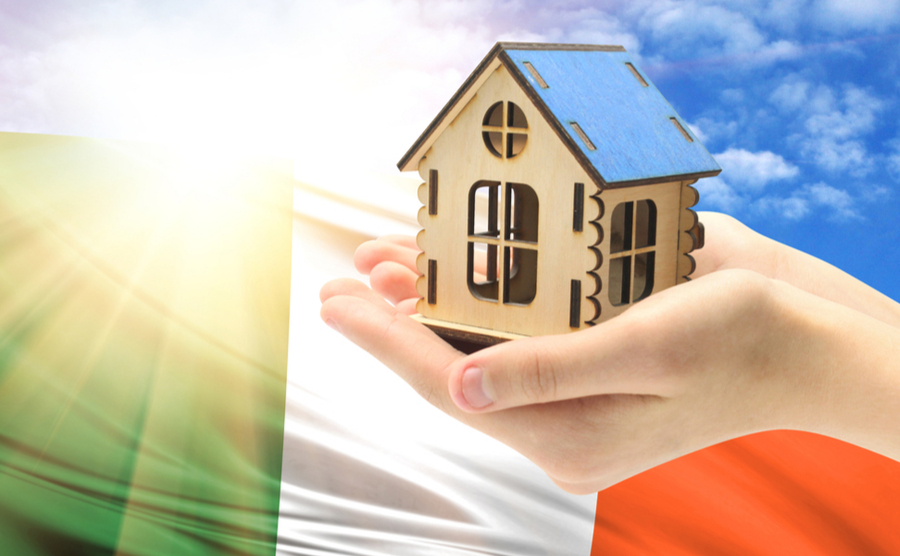
Ireland’s economy is booming
The Celtic Tiger appears to be wide awake and roaring after new figures forecast GDP growth of 4.9 per cent in Ireland during 2023. This is significantly better than any other European – or even OECD – nation. By comparison, the European Commission’s growth outlooks for the EU bloc and Euro area for this year are just 0.8 per cent and 0.9 per cent respectively.
Last year was even more impressive, with the Irish economy single-handedly helping to keep the EU out of recession. According to the country’s Central Statistics Office (CSO), GDP in Ireland recorded year-on-year growth of 12.2 per cent in 2022. In the final quarter of the year, it was up 3.5 per cent on the previous quarter and 15.7 per cent on the same quarter in 2021. These figures trounce 2022 GDP estimates for the rest of Europe, namely 3.5 per cent for both the EU and Euro area (according to the European Commission).
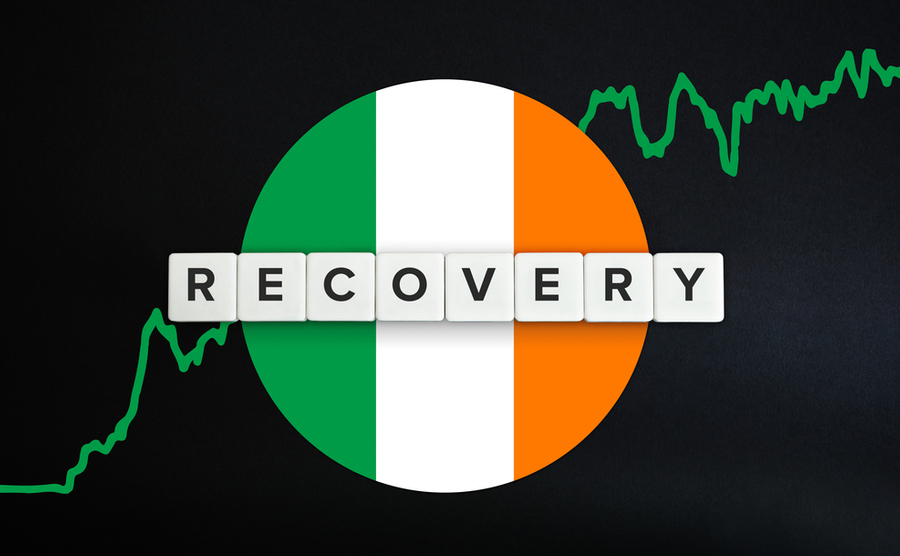
Irish investors can expect a buoyant economic outlook
Expectations for 2023
Anyone moving to Ireland this year can take comfort in the country’s buoyant economic outlook, which is being driven largely by falling inflation and a labour market that’s continuing to perform well – unemployment was just 4.3 per cent in December. In recent years, the country has become a European hub for big-tech companies and it’s holding up well against some of the staff reductions being made in the sector worldwide. The country’s multinational business sector bucked the global trend and increased employment by nine per cent in 2022.
High household savings is another trait that is helping to underpin growth. Meanwhile, foreign investment in the first half of 2023 is forecast to be strong, according to Ireland’s Industrial Development Authority, and a brighter-than-expected global outlook should support its export market.
More recently, the possibility of a solution to the Northern Ireland Protocol is also on the radar. It is hoped that the Windsor Agreement announced by UK prime minister Rishi Sunak at the end of February will deliver a more practical and sustainable solution to cross-border trade as well as lead to a reinstatement of the Northern Irish executive and inject a feel-good factor across all of Ireland.
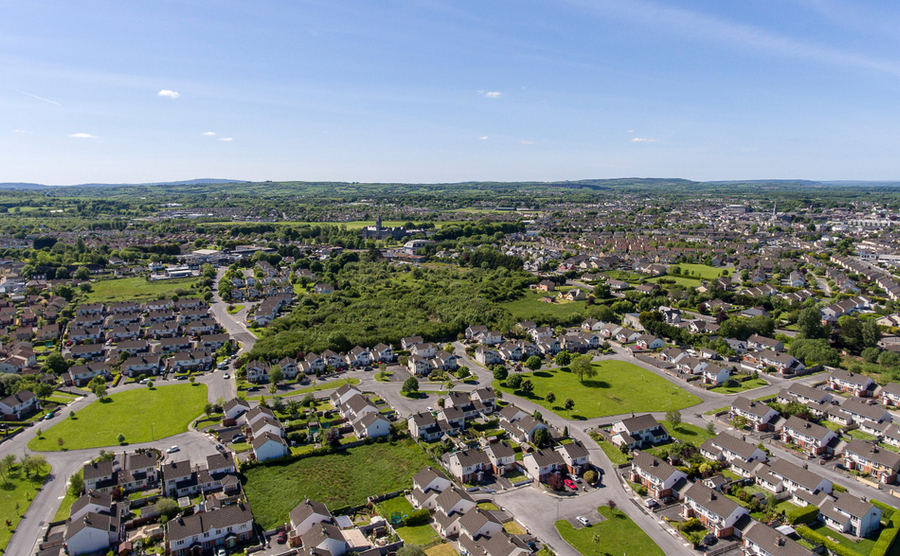
Aerial view of Ennis Town, Co. Clare
House growth slowing
The Irish housing market revelled in a sustained bounce-back after Covid, a period of price rises that would now appear to be slowing. From the middle of 2020 into 2022, Ireland’s leading property portal, Daft.ie, reported eight consecutive quarters of growth, the longest run of increases recorded since they began their reports in 2006.
Nothing lasts forever though. According to Daft’s latest report, prices nationally were already static in the third quarter of last year and in the final quarter declined 0.4 per cent. This followed strong rates of growth in both the first and second quarters, namely 2.9 per cent and 3.6 per cent respectively, in fact, two of the three largest quarterly gains in the last five years.
Find out the cheapest place to live in Ireland
The latest house price figures
Figures from the CSO also support signs of deceleration – average property prices rose by 7.8 per cent in the 12 months to December 2022, which was marginally lower than the 8.5 per cent recorded in November 2022 but significantly down from the high values seen earlier in the year, namely 15 per cent seen in both February and March.
“In Dublin, house prices increased by 6.1 per cent and apartment prices were up by 5.4 per cent,” said Viacheslav Voronovich from the CSO, highlighting how much of the regions continue to outperform the Irish capital. “The highest house price growth in Dublin was in South Dublin at 11 per cent, while Dublin City saw a rise of 3.5 per cent. Outside Dublin, house prices were up by 9.6 per cent and apartment prices rose by 5.3 per cent. The region outside of Dublin that saw the largest rise in house prices was the West, including Galway, Mayo and Roscommon, at 14.9 per cent, while at the other end of the scale, the South-East, including Carlow, Kilkenny, Waterford and Wexford, saw a 6.7 per cent rise.
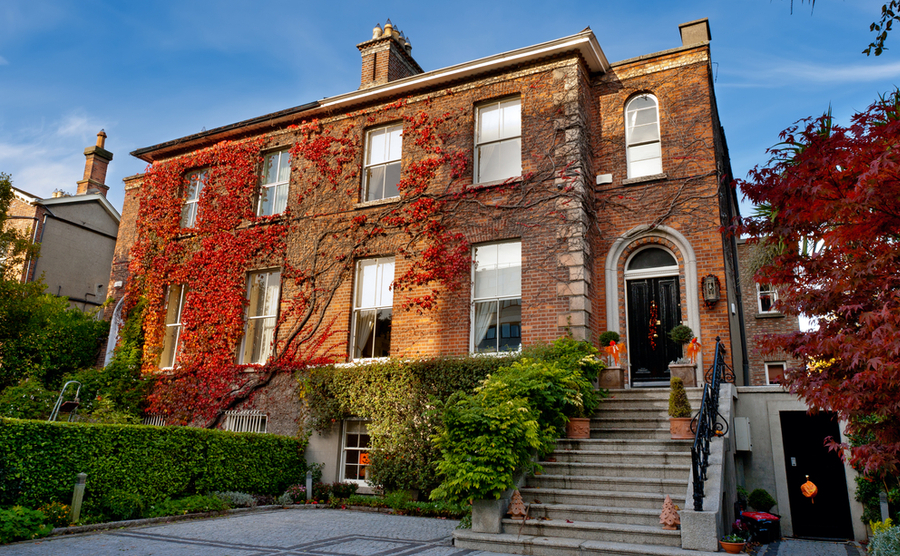
A typical home in Dublin
Average prices in Ireland
What you should expect to pay for your new home in Ireland today will depend largely on location.
According to the CSO, the median or mid-point price paid for a residential property in the year to December 2022 was €305,000, which is close enough to Daft’s national average price of €309,941. The lowest median price was €152,000 in Longford, while the highest was €625,000 in Dún Laoghaire-Rathdown (County Dublin).
As well as Longford, Daft included Leitrim, Sligo and Roscommon as being the country’s least expensive places to buy, with average prices of €173,215, €190,011 and €193,253 respectively.







